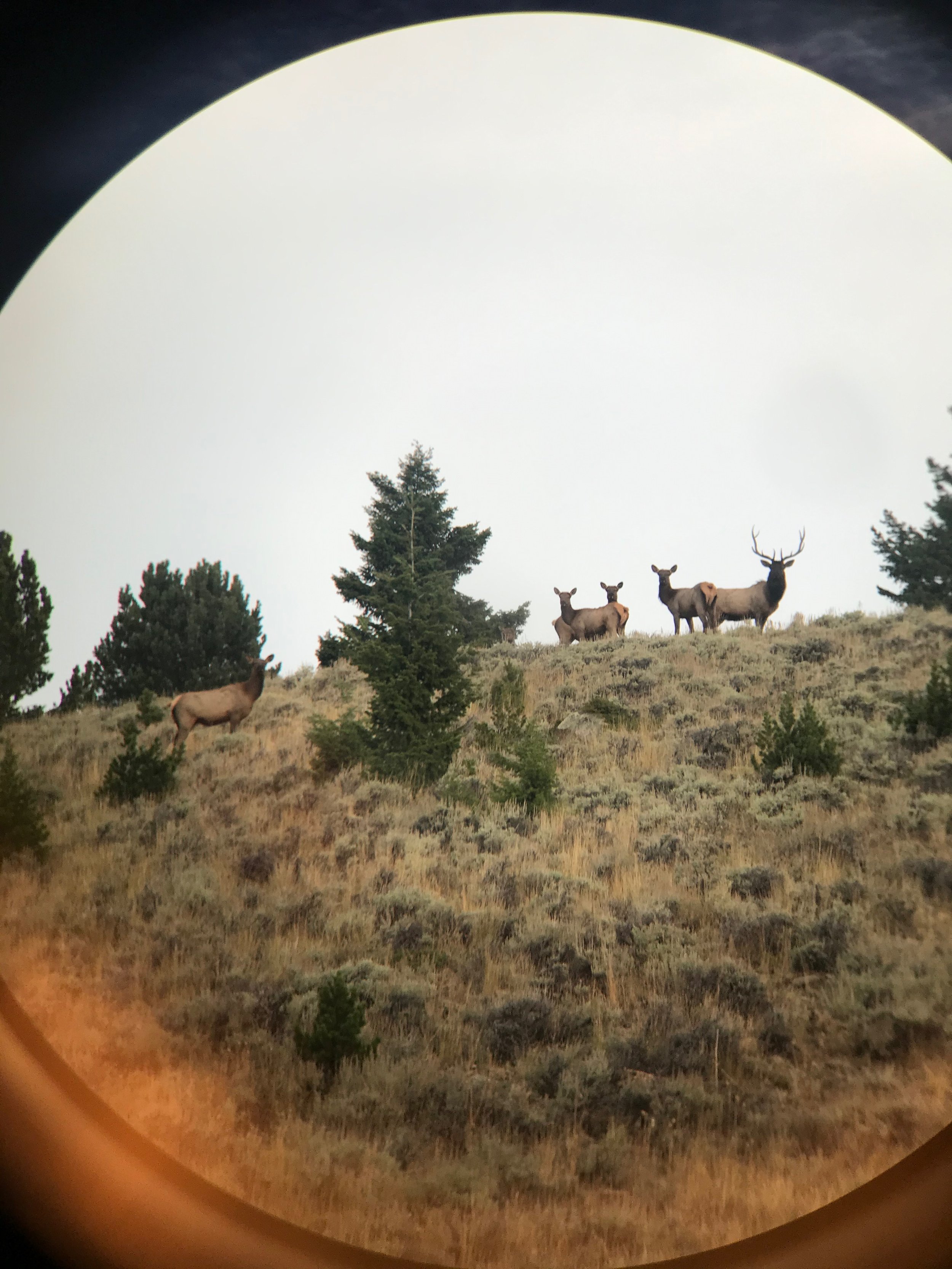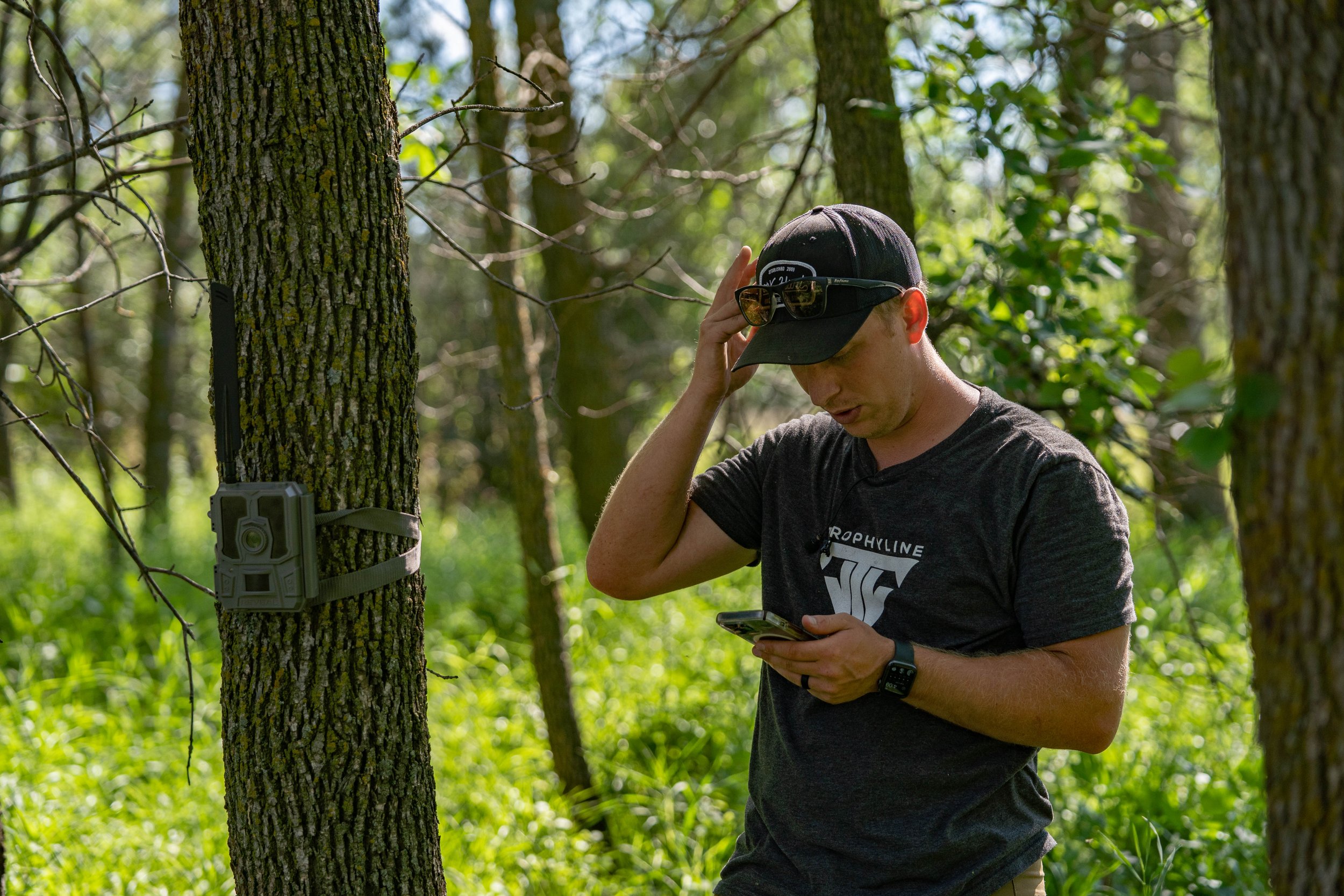By Alex Comstock
Between right now and October 1st (date most all states will be open for bowhunting) I'd be willing to bet a lot of treestands are going to be hung. Whether you are hanging rut stands, or are frantically trying to get a set ready before opener rolls in, stands all across the country will be going in trees. When hanging stands, we don't just randomly pick a tree right? Usually there are reasons we put a stand in a certain place. On occasion, and I've certainly been guilty of this, we don't always look at the details when hanging stands. Today, I wanted to hit on three things that I find important when you are out hanging treestands.
What Spot Makes Sense?
This is the first piece that I'm usually thinking about. Once you pick a place to hunt, and I'm talking big picture here, such as farm X or public land Y, you want to break the property down, and mark an area(s) that you think would be a sufficient place to hunt from a treestand. From there, you want to break it down further, and investigate those areas you marked. Are they what you thought they were? Are there any signs of human pressure? You want to take what you learned from your map scouting, combine the boots on the ground scouting, and come away with a small area where you want to hang a stand. When I break down a property for a stand site, I'll sometimes come to the conclusion that I need a stand in a spot as small as a 40 yard radius. From there is when you actually have to pick the tree your stand will go in.
What's The Best Tree?
There are a lot of things you want to be looking at when actually picking the tree to put a stand in once you've narrowed your area down. Access and my exit route are usually the two things at the top of my list. One tree might put you in a better shooting position, but a different tree thirty yards away might give you much better access and exit. For example, with one of my current spots that I've scouted, I thought I located a great stand tree. It's only fifteen yards from the intersection of three major trails coming out of a bedding area, and I thought it was the spot to be. After spending a little more time thinking about it, I realized with my access route, I'd have to walk across the trails in some manner to get to my stand. There was another great pine tree, but this tree would put me about thirty yards away from the intersection of trails. Except given where the pine tree was, I could cut into the woods from a creek, and slip into the tree without ever intruding on the area that I actually anticipate deer using. It's a little longer of a shot, and I have to do some more clearing of shooting lanes, but because of the access and exit route I'll have, it's a no brainer to use the pine tree as my stand site.
How Can I Draw Without Getting Busted?
Once you pick an area, narrow down to a smaller spot, and then ultimately pick a tree to hang a stand in, you want to figure how you'll get that stand in a tree and be able to draw your bow without getting busted. Ideally, when I'm looking at a tree, I would rather hang my stand where the best cover is, rather than having a pre-determined height in my head that I want the stand at. If a tree is lacking in cover, something to think about is hanging your stand on the backside of a tree, that way when you draw on a deer, you should have the tree your stand is in between you and the deer. I know some people that just keep going up and hang those nose bleed stands when there isn't any cover in a tree as well. I'm not a big fan of this because your shot windows become smaller, and I don't like being thirty feet in a tree. I've been busted drawing on deer a number of times, especially when I was younger and didn't fully understand the importance of cover. If you have to, think about using zip tie's and bring in artificial cover of some kind.
Conclusion
There's a lot that goes into hanging a treestand. You always want to have a good reason for putting a stand in a tree, and want to be able to get a shot off cleanly. These three things that I hit on in this blog post should help you on your way to getting a great stand setup in place.































